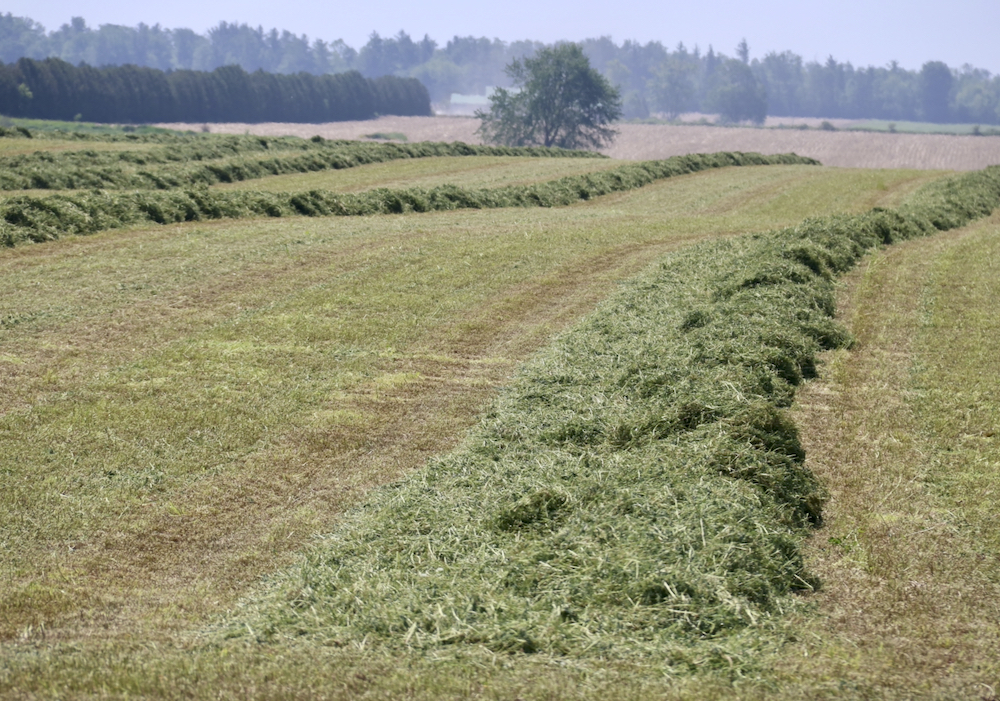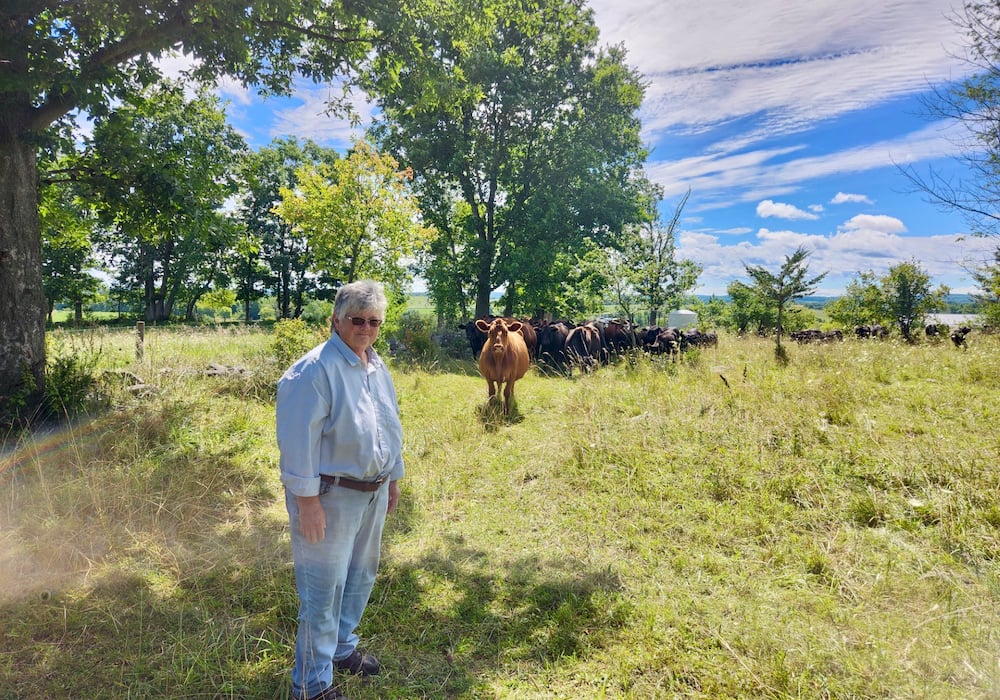Export hay prices show serious decline in 2023

Violent whiplash” is how forage markets in the western United States are described by Joshua Callen of the Hoyt Report of Idaho.
Read Also

Custom grazing offers benefits for livestock, farm owner
Lands less than suitable for cropping may be ideal for custom grazing, according to two presenters at the recent 10th…
He spoke at the recent Canadian Forage and Grassland Association convention in Harrison Hot Springs in British Columbia.
Why it matters: A “perfect storm” hit the North American hay market in 2023, says an analyst.
The West Coast generally sets the hay price in North America and its markets experienced an extreme high in 2022 and huge declines in 2023.
Hay delivered to Tulare, California, dictates the price for a lot of regions in the U.S., according to Callen. The price for supreme alfalfa reached a high of US$450 – $500 per ton (CA$547 to $610 per tonne) from 2020 to 2022. Corn and oil followed a similar price trend, as did markets in Spain, one of the top alfalfa exporters worldwide.
Fair-grade alfalfa in Washington state was set at US$295 per ton (CA$360 per tonne) in 2021 and dropped to US$155 (CA$208) in 2023. Post-pandemic shipping disruptions, war in Ukraine, commodity inflation, drought in 2022 and strengthening of the U.S. dollar contributed to this “perfect storm.”
“Nothing cures high prices like high prices,” said Callen.
Big bales and small “three-tie” bales of first-cut export timothy experienced significant price changes from 2022 to 2023. The value of small bales for horse markets decreased by 23 to 40 per cent depending on quality. Big bales primarily sold into dairy markets fell 43 to 47 per cent in value.
The four largest hay exporters in the world are the U.S., Spain, Australia and Canada. All experienced record forage exports in 2022 but by 2023, availability was down by 20 to 30 per cent, according to Callen. Spain had a 50 per cent reduction in production in the first two quarters, while Canadian production was down by two per cent in 2022.
Callen said some western U.S. hay marketers may face bankruptcy by the end of the year if they pre-purchased a lot of inventory, because China curtailed its imports to about 600 tonnes, compared to more than 15,000 tonnes it imported in 2022.
To blame is higher-priced American hay, an unfavourable exchange rate and the decline of milk prices in China post-pandemic. As of October, the U.S. has experienced a 40 per cent decline in hay sales to China, according to Callen.
A similar trend is evident with U.S. hay exports to Japan, South Korea and Taiwan.
Canada’s biggest markets are the U.S., Japan and South Korea, and sales have seen steady growth for the past three years. With the dollar advantage, there is more demand in Florida markets for Canadian horse hay.
“Exports are boom and bust,” said Callen, in reference to distant foreign markets, but retail markets such as American racehorse and polo markets are steadier.
Alfalfa markets, by comparison, are more affected by prices of other crops because dairies can supplement rations with cheaper feed sources when needed.
Hay markets could improve if global milk prices rise and the U.S. dollar weakens, he said. A more consistent supply is also needed. Alfalfa acreage is down due to lack of rain in many areas. Labour shortages are also an issue.
Source: Farmtario.com

